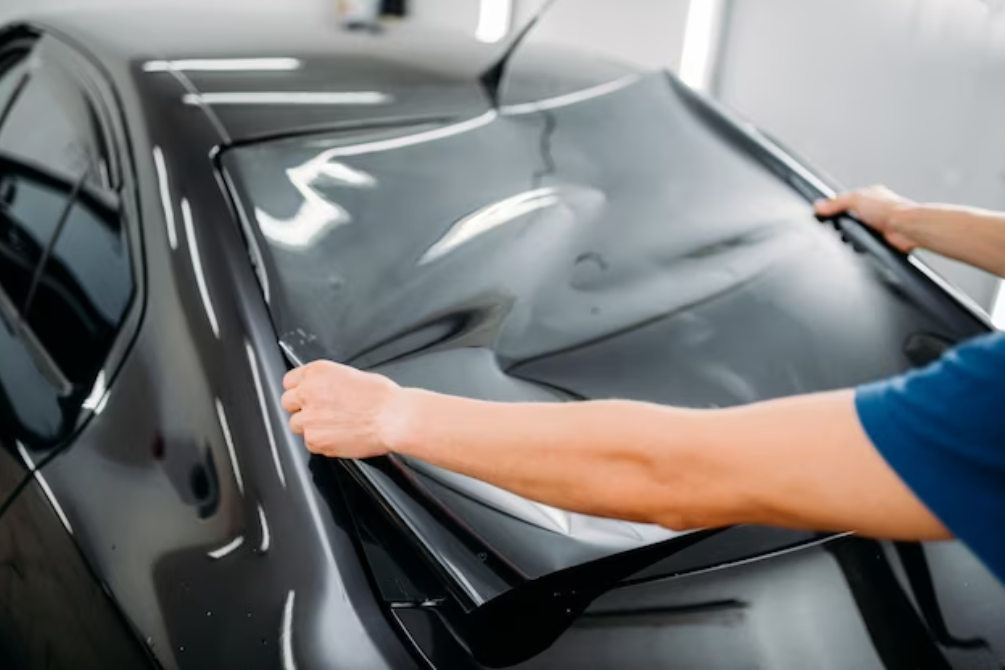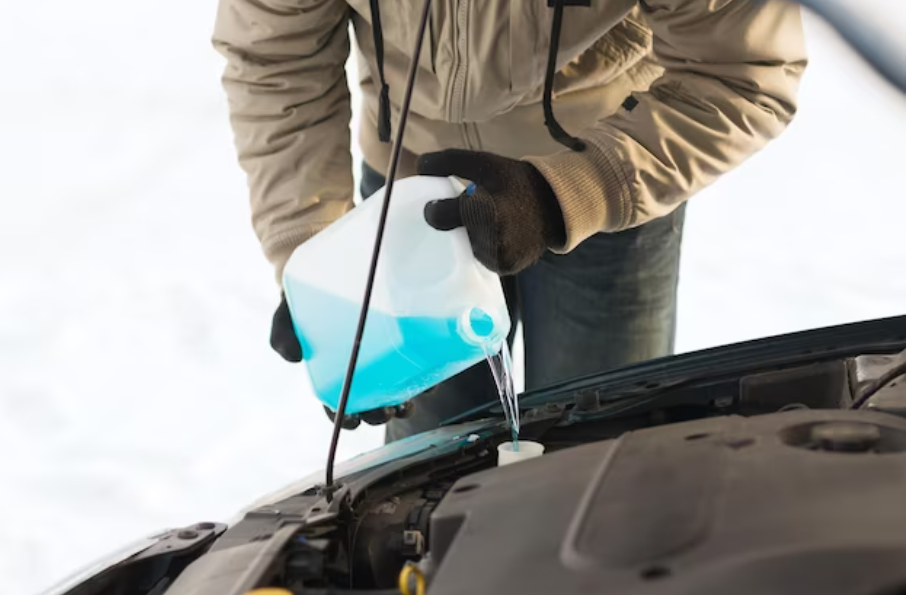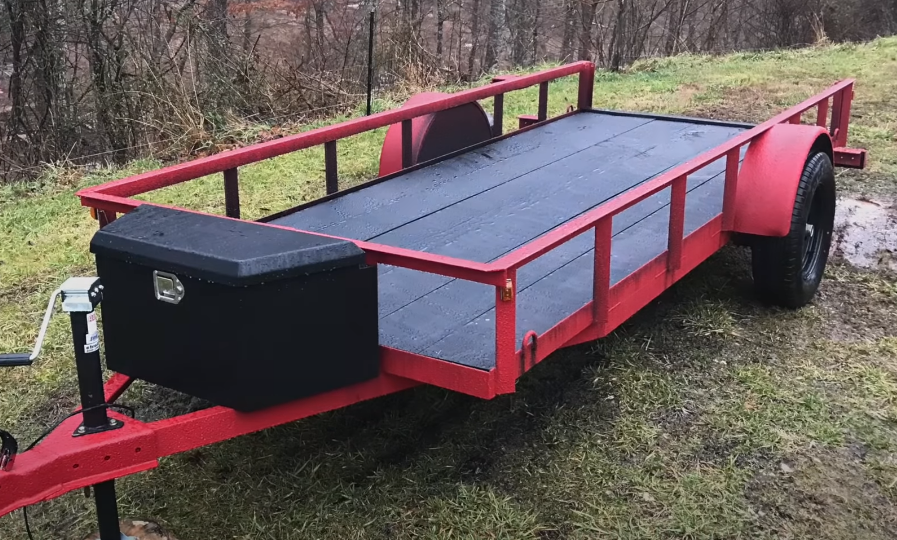How to Fix a Brake Fluid Leak
Do you own a vehicle and find yourself grappling with the issue of brake fluid leakage? Do you feel uncertain and overwhelmed when it comes to addressing this problem? No need to fret! In this informative blog post, we're here to offer you valuable insights into diagnosing and resolving a brake fluid leak with efficiency. We'll cover everything from identifying the root causes of the leakage to providing step-by-step guidance on fixing it. Rest assured, we've got you covered on all matters related to brake fluid concerns. Take a moment to delve into our comprehensive guide, and prepare to bid farewell to your steering troubles!

What Causes a Brake Fluid Leak?
Below are common indicators that may point to a brake fluid leak:
- The Brake Warning Light Illuminates.
- You Observe a Pool of Fluid Beneath Your Vehicle.
- The Brake Pedal Feels Soft or Spongy.
- The Brake Pedal Sinks to the Floor.
- The Brake Master Cylinder Reservoir Shows Signs of Damage.
- Piston Seal Failure is Evident.

Step 1: Safety First
Prioritize safety. Park your vehicle on a level surface, engage the parking brake, and wear safety gear, including gloves and safety goggles. Ensure proper ventilation in your workspace.
Step 2: Identify the Leak
Pinpoint the origin of the leak by conducting a thorough examination. Scrutinize various areas, including the vehicle's undercarriage, brake lines, hoses, calipers, wheel cylinders, and the master cylinder, for any indications of moisture, corrosion, or visible harm.
Step 3: Assess the Damage
Assess the leak's magnitude. Is it a minor trickle or a substantial flow? Grasping the full scope of the issue will guide you in selecting the right steps to take.
Step 4: Gather Tools and Materials
Collect the necessary tools and materials, including a jack, jack stands, a wrench set, a flare nut wrench, a tubing cutter, replacement brake fluid, replacement brake components (if needed), brake line fittings (if necessary), and a flare tool.
Step 5: Lift the Vehicle
Safely lift the vehicle using a jack and support it with jack stands. Ensure it's secure before proceeding.
Step 6: Replace Damaged Components
If you've identified damaged brake lines, hoses, calipers, or wheel cylinders, replace them following your vehicle's repair manual. Be sure to use the correct replacement parts.
Step 7: Bleed the Brake System
If you've opened the brake system during repairs, you'll need to bleed the brakes to remove air bubbles. Follow the manufacturer's recommended bleeding procedure or refer to your vehicle's manual.
Step 8: Tighten or Repair Fittings
If the leak is at a fitting, tighten it securely. If that doesn't resolve the issue, you may need to replace the fitting or, in the case of damaged threads, the entire section of the brake line.
Step 9: Inspect the Master Cylinder
Examine the master cylinder for signs of leakage. If it's leaking, consider replacing it or rebuilding it if possible.
Step 10: Refill Brake Fluid
Top up the brake fluid reservoir with the appropriate brake fluid recommended by your vehicle's manufacturer. Be cautious not to spill brake fluid on your vehicle's paint, as it can damage the finish.
Step 11: Test the Brakes
With the vehicle still elevated, gently depress the brake pedal to test the brakes. Ensure that the pedal feels firm, with no sponginess or unusual noises. Confirm that there are no new signs of leaks.
Step 12: Lower the Vehicle
Carefully lower your vehicle from the jack stands, ensuring it's on a level surface.
Step 13: Final Inspection
Double-check for any signs of leakage after the vehicle is lowered. If there are no leaks and the brakes function correctly, your repair is successful.
Step 14: Road Test
Go for a brief test drive in a secure location to confirm the proper functioning of the brakes and ensure that there are no additional concerns.

Preventing future brake fluid leaks is crucial for maintaining both vehicle safety and performance. Regular visual inspections, scheduled brake fluid changes using high-quality fluid, and proper brake bleeding procedures are key to brake system health.
Avoiding the mixing of different brake fluid types, exercising caution during DIY brake maintenance, and protecting brake lines from accidental damage all contribute to preventing leaks. Additionally, minimizing harsh driving conditions and addressing issues promptly can safeguard your vehicle's brake system, ensuring it operates effectively and reliably when you need it most.

-
How often should I check my brake fluid level?
It's a good practice to check your brake fluid level during regular maintenance, such as oil changes. Additionally, visually inspect the brake fluid reservoir for any signs of a low level or contamination.
-
Are brake fluid leaks covered by car insurance?
Whether a brake fluid leak is covered by car insurance depends on your specific insurance policy. Comprehensive coverage may include repairs related to brake fluid leaks, but it's best to consult your insurer for details.
View another review here: The 10 Best Skateboard Trucks







.png)








